Table of Contents
- Milky Way Galaxy Wallpapers HD | PixelsTalk.Net
- Galaxy Photography, Images by Jason Ware
- A New Discovery Changes Everything Scientists Thought They Knew About ...
- Galaxy
- Which galaxy have you seen the most amount of detail in? - Page 2 ...
- Milky Way Galaxy Information
- The Milky Way Galaxy by Dominic Kamp
- Milky Way Galaxy - Earth Site Education
- Astrodude's Images
- New Project Aims To Improve Galaxy Simulation - And Help Us Understand ...
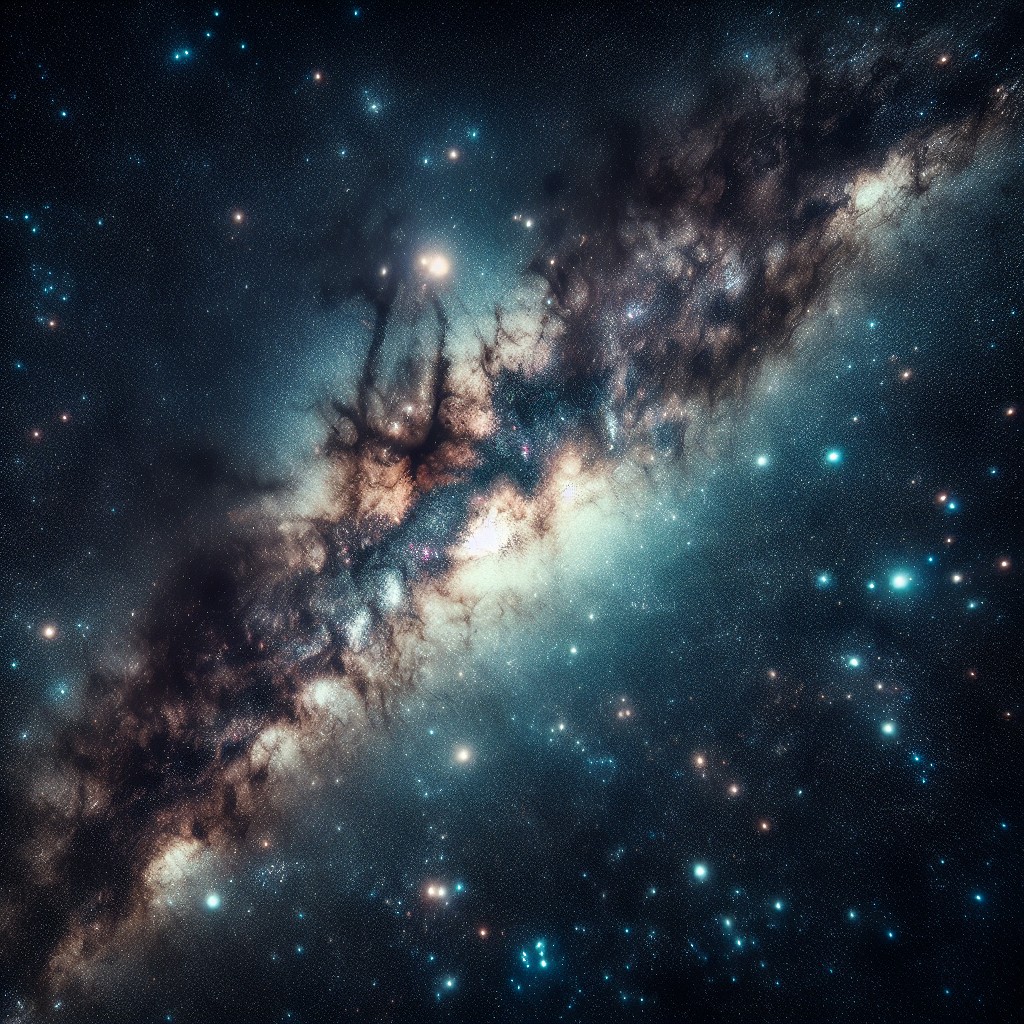
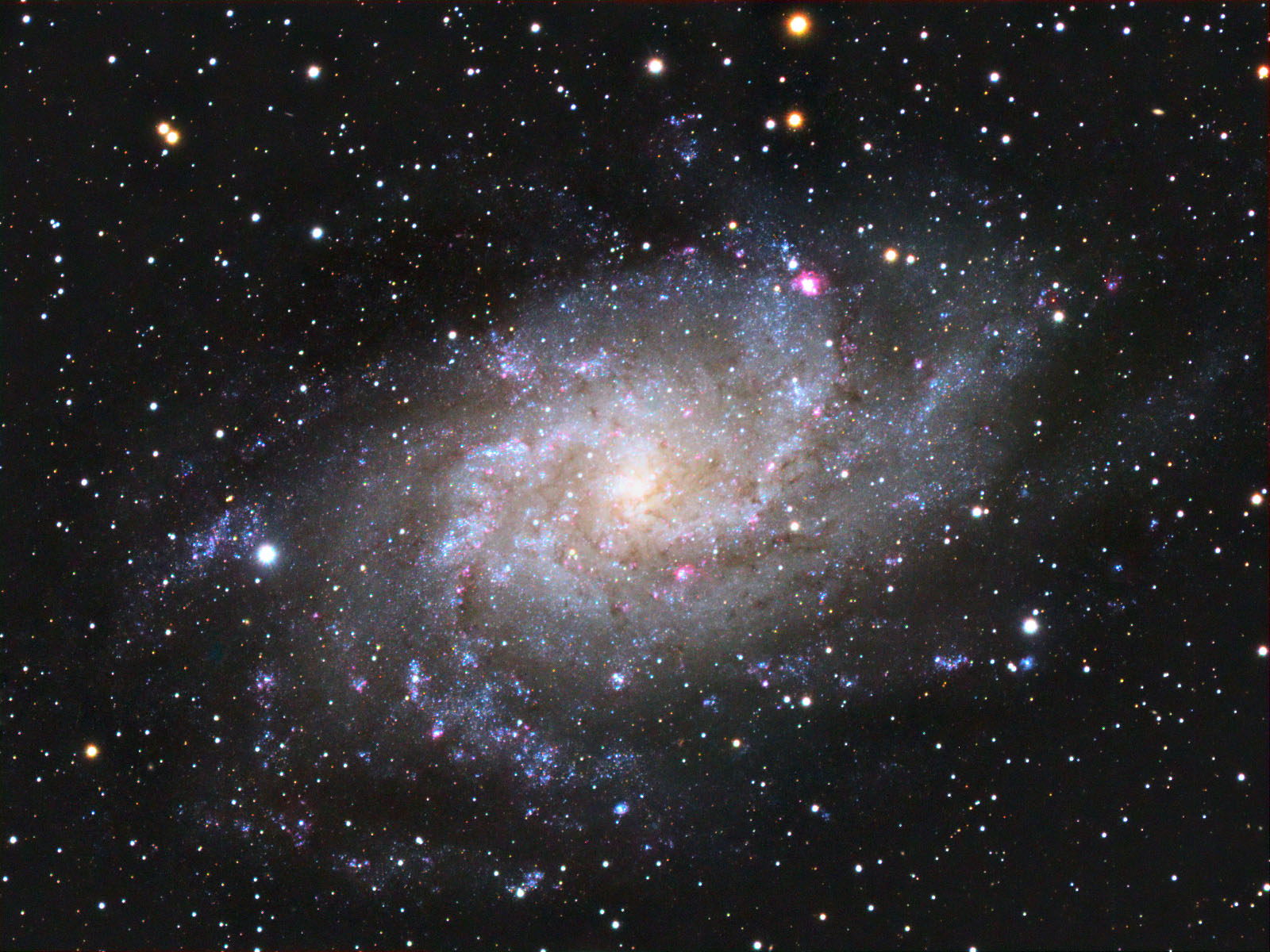
Size of Galaxies


Composition of Galaxies
Galaxies are composed of various types of matter, including stars, gas, dust, and dark matter. Stars are the most visible component of galaxies, and they come in different sizes, ages, and colors. Interstellar gas and dust are the raw materials for star formation, while dark matter provides the gravitational scaffolding for galaxies to hold together. The composition of galaxies can vary significantly, with some galaxies having more stars, gas, or dark matter than others.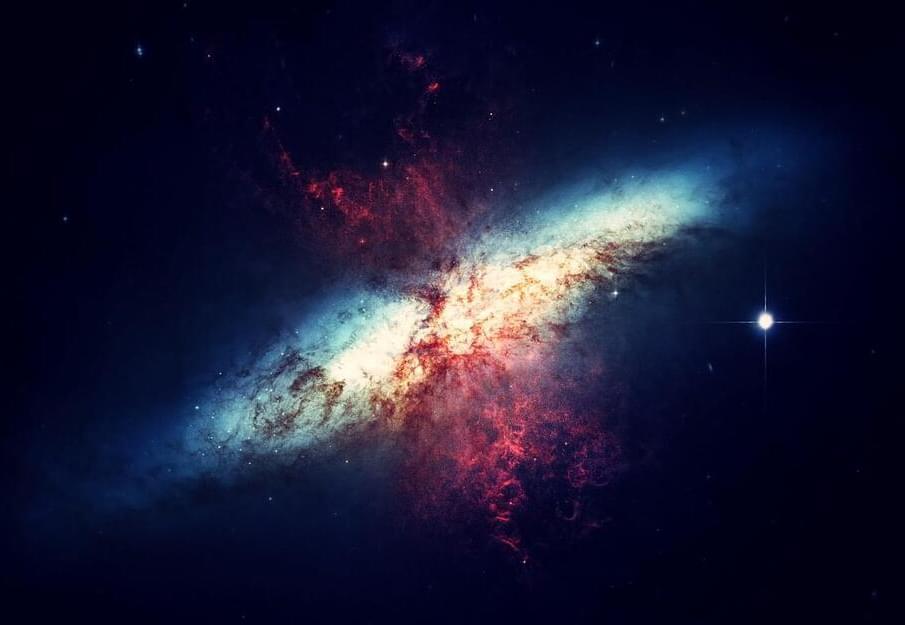
Stars and Stellar Populations
Stars are the building blocks of galaxies, and they play a crucial role in shaping the structure and evolution of galaxies. Stars come in different types, including main-sequence stars, red giants, and white dwarfs. The stellar population of a galaxy can provide valuable insights into its age, metallicity, and star formation history.
Interstellar Medium
The interstellar medium (ISM) is the material that fills the space between stars in a galaxy. The ISM consists of gas and dust, which can be ionized, neutral, or molecular. The ISM plays a critical role in star formation, as it provides the raw materials for new stars to form.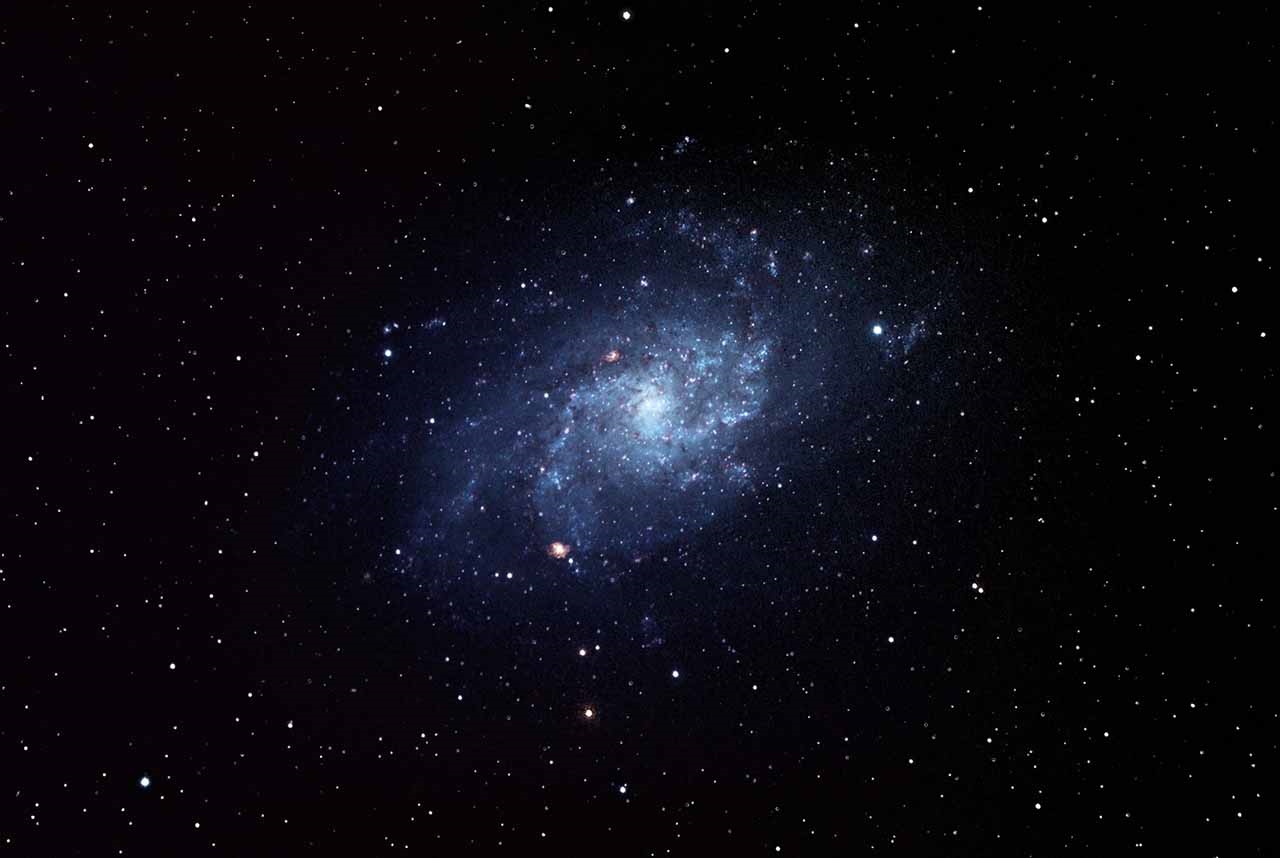
Structure of Galaxies
The structure of galaxies can be broadly classified into several types, including spiral, elliptical, and irregular galaxies. Spiral galaxies, like the Milky Way, have a distinctive spiral arm structure, while elliptical galaxies are more spherical in shape. Irregular galaxies, on the other hand, have a chaotic and irregular structure.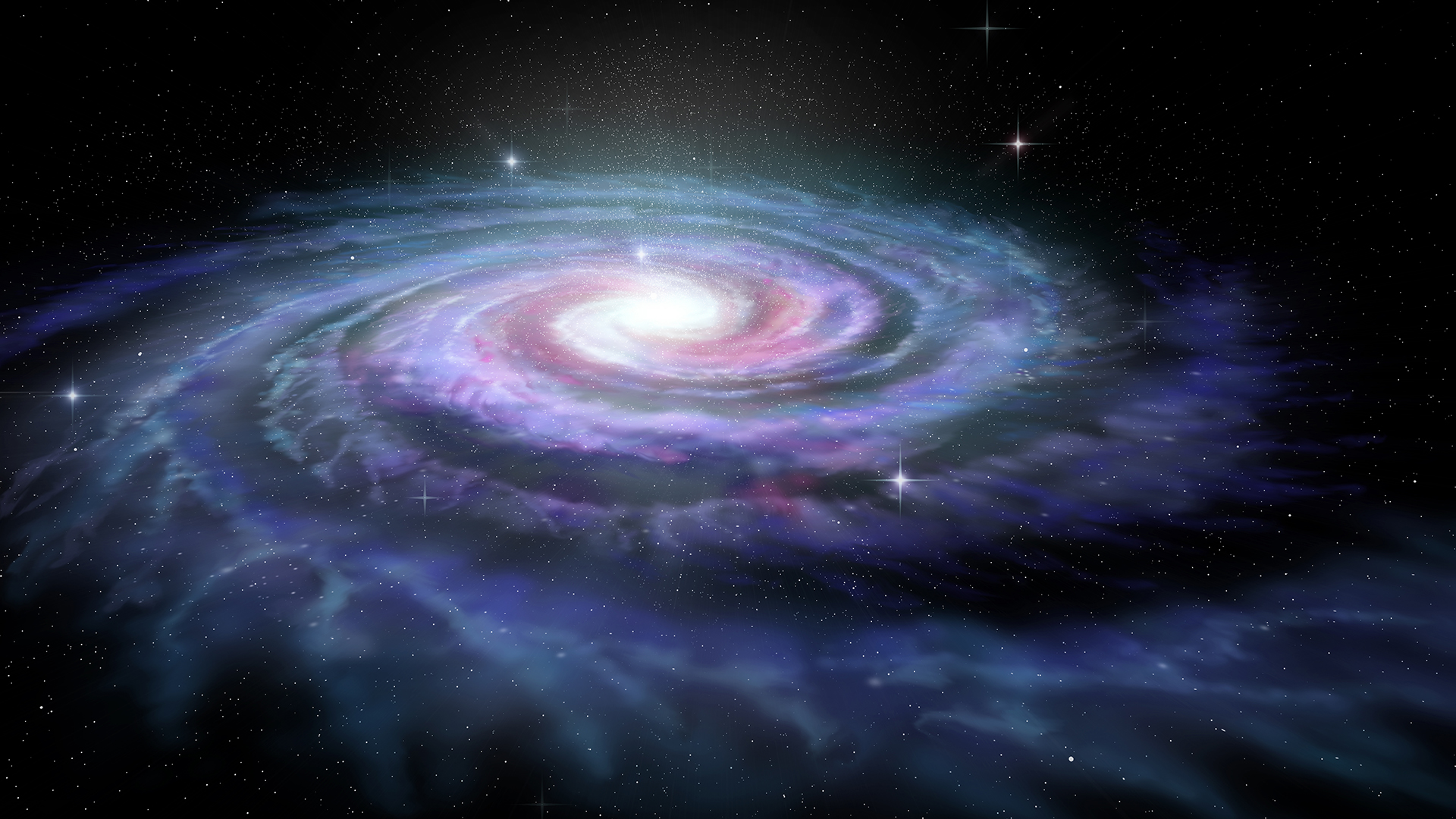
Spiral Galaxies
Spiral galaxies are characterized by a central bulge and a disk of stars, gas, and dust. The spiral arms of these galaxies are thought to be density waves, which trigger the formation of new stars. Spiral galaxies are further divided into two subtypes: Sa and Sc galaxies, with Sa galaxies having a larger central bulge and Sc galaxies having a smaller bulge.Elliptical Galaxies
Elliptical galaxies are egg-shaped galaxies that are composed primarily of older stars. They have a more random motion of stars, unlike spiral galaxies, which have a more organized rotation. Elliptical galaxies are thought to have formed through the merger of smaller galaxies. In conclusion, galaxies are complex and fascinating systems that come in a wide range of sizes, compositions, and structures. Understanding the size, composition, and structure of galaxies is essential for unraveling the mysteries of the universe. By studying galaxies, we can gain insights into the formation and evolution of the universe, as well as the fundamental laws of physics that govern the behavior of matter and energy. Whether you are an astronomer, a physicist, or simply a curious individual, the study of galaxies is an exciting and rewarding field that continues to inspire and captivate us.For more information on galaxies, visit Britannica for in-depth articles and resources.